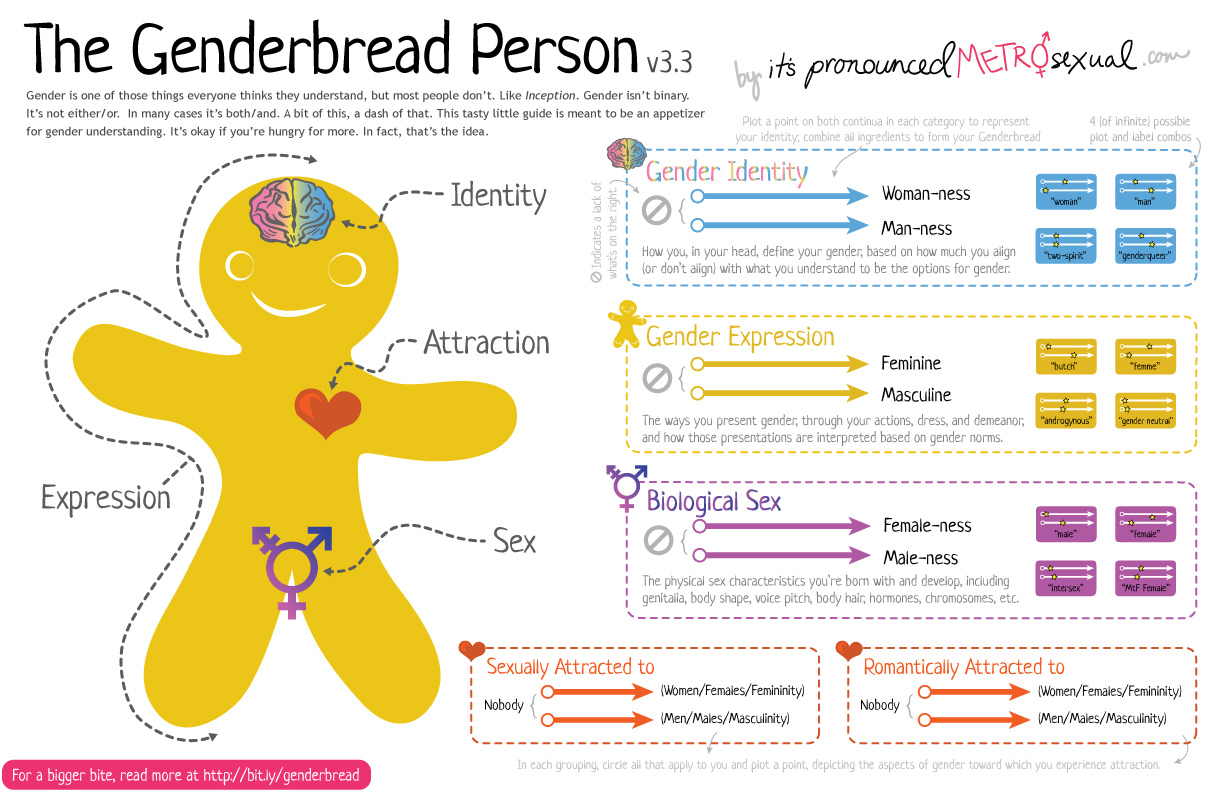Again…..
THOUGHT 1:
That again word, it was so very debilitating when it was used by the teacher “C-minus again.” I can just hear in my head the tone the teacher was taking, disappointment and frustration. The again word implies that this student has failed, yet again. Why should they even bother next time?
When reading this article I disagreed with some of the generalizations of the official and classic theories of learning. I think that if we just talk about the process of learning, any type of learning, then yes, maybe it is as the classic view estates “continual, effortless, inconspicuous… etc” but can’t specific learning goals be “hard work, obvious, intentional”? I think back to my experience of trying to learn Spanish. It was VERY hard work for me, and maybe I wasn’t learning (in the manner of the classic view). I tried and tried and tried. I went to after school help, stayed up late studying, and even met with the teacher to discuss my difficulties. I was diagnosed with dyslexia in elementary school and struggled with reading and writing, but during middle school I finally felt like I was getting a grasp on things but then this whole Spanish thing came along. Spanish was not effortless, inconspicuous, unpremeditated, never forgotten…. it was tough, it was excruciating. Every time I got an assessment back I felt just like the student in the beginning of this reading, AGAIN I had failed, AGAIN my effort did not show, AGAIN my hard work was not seen. Maybe that was because the official theory was pressuring me into this type of scenario where learning a new language was not actually learning, but “the official theory of learning and forgetting.” But I can’t help think that the little Spanish that I did learn and can remember today, was hard work and a lot of effort.

THOUGHT 2:
The school I currently work at starts with three year olds and goes all the way up to 8th graders. I think about the young students who come to school, excited, full of curiosity, questions and a general drive to learn about the world around them. Last semester I looked into questioning and thinking behind my group of 7th grade students. After tracking their questions in the classroom for six weeks I found out that my students asked an average of two to three questions per student per week in my classroom. I came to the conclusion that students have almost lost their confidence and ability to ask questions, to be curious, to want to learn about the world around them. They don’t want to question the teacher because it has been pounded into their head that the teacher is always right. They are unsure of how to ask a question because they have just been taught to listen and recite what has been told to them. School should not cause people to revert away from their curious nature, we should work on embracing curiosity and the drive to learn.
So what do I do about it? I love teaching middle school, but it is hard because by the time students get to me they have been living the in the “official theory of learning” for the last 10 years or so. So I try to break the mold. Last year I gave my students a do-now that asked them about what they thought about when they were “thinking” in math. I asked them what types of questions they asked themselves. They did not know how to respond. Some students even wrote that they don’t think, just do what they are told. So now I want to turn that back on them, I want them to question themselves, question their teachers, question their classmates. Tomorrow is the first day of class, and at the top of my to-do list for classroom introductions and review of rituals and routines is to address questioning and thinking. Right away I want my students to thinking about their thinking, and formulate questions to aid in their thinking and I want to continue to aid in this learning process all year.




